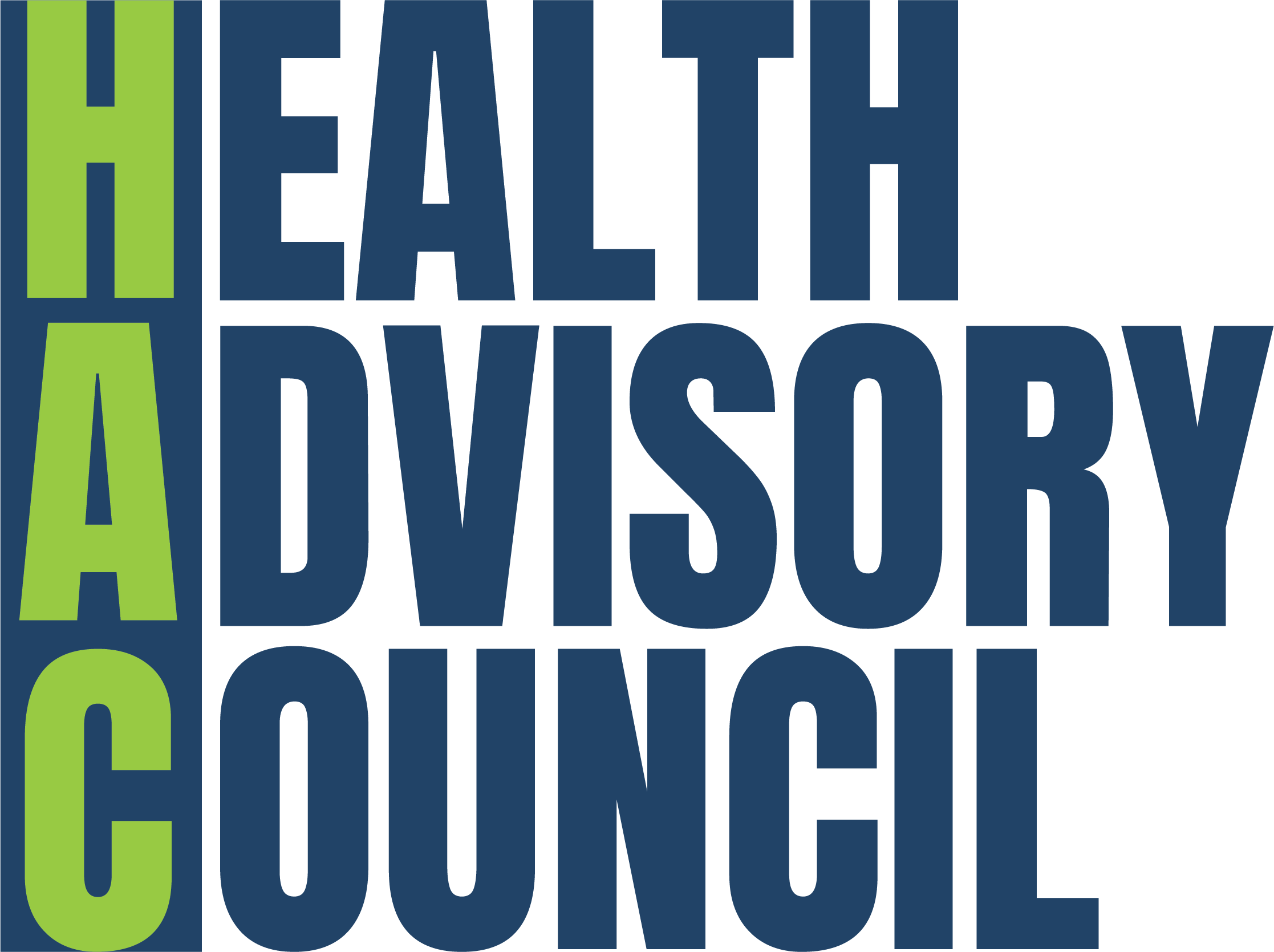Answers to your questions about OTC painkillers – National Consumers League
Every day millions of consumers turn to over-the-counter (OTC) pain medications for temporary relief of pain from headaches, colds, muscular ache, and arthritis, and to reduce fever. While these medications are largely safe when taken according to label directions, there are risks when taking any drug. Just because a medication is available on the shelf of your local grocery or discount store does not make it any safer than a drug that has been prescribed by your doctor.
Are all OTC pain medications the same?
No. Many different types of pain medications, or analgesics, are available without a prescription. Two common types of OTC analgesics are non-steroidal anti-inflammatory drugs or NSAIDs, and acetaminophen.
- NSAIDs, or anti-inflammatories, reduce inflammation caused by injury or rheumatoid arthritis. People use them to stop the pain caused by muscular aches, arthritis, headaches, menstrual cramps, and other minor aches and pains. Anti-inflammatories available over-the-counter, or without a prescription, include aspirin (Bayer, Bufferin), ibuprofen (Advil, Motrin) and naproxen (Aleve, Naprosyn). These products work by blocking the production of the enzyme COX. There are two forms of the COX enzyme: COX-1 protects the stomach and kidneys, and COX-2 is responsible for inflammation. NSAIDs block the production of both COX enzymes. The stomach irritation and ulcers that can occur with the use of these anti-inflammatories are the result of blocking the production of the stomach-protecting enzyme.
- Acetaminophen (Tylenol) is used to relieve pain and reduce fever. Because it works mostly on the central nervous system and is not an anti-inflammatory, it does not reduce the swelling or stiffness caused by an injury or rheumatoid arthritis. Acetaminophen is generally less irritating to the stomach than other OTC pain relievers, but may cause liver problems when taken with alcohol or when fasting.
How do I know which OTC pain medication is right for me?
The right painkiller depends on what type of pain you want to relieve and your personal risk factors.
- If you suffer from arthritis or athletic injuries, anti-inflammatories can reduce the inflammation, but regular use may cause stomach problems or ulcers. Those especially at risk include people over 65 years old, those with a history of ulcers, and those taking steroids or blood thinners.
- For reduction of fever and relief of pain, acetaminophen, while generally easier on the stomach than other OTC pain medications, has its own risks. Daily use for a long period of time (over a year) may increase the chances of kidney damage. And taking acetaminophen when fasting or with alcohol, even moderate amounts, may cause serious liver problems.
- If you have a history of kidney, liver or stomach problems (including ulcers), or are allergic to certain pain medications, you should always consult your doctor before taking any type of pain medication. If you take an OTC pain medication for an extended period of time (more than 10 days), you should discuss with your doctor how to best manage your pain.
- If you are pregnant or nursing, talk to a health professional before using any OTC pain reliever. It is especially important not to take an NSAID during the last three months of pregnancy because it may cause problems for the unborn child.
I heard that NSAIDs relieve arthritis pain. Is it safe for me to take a nonprescription NSAID every day?
Over 14 million arthritis suffers take high doses of aspirin and other NSAIDs, or anti-inflammatories, to ease their symptoms. But continuous use of these drugs can increase the risk of stomach problems. Recent medical studies show that use of OTC NSAIDs increases the risk of stomach bleeding by as much as two to three times. Stomach bleeding caused by NSAIDs is now recognized as the most common serious drug reaction and accounts for as many as 16,500 deaths and over 107,000 hospitalizations per year in the United States. Most of those experiencing NSAID-related stomach problems have no warning signs. There are certain risk factors (for example, age or medical history) that increase the chances of having stomach problems while taking anti-inflammatories.
Acetaminophen can also relieve the pain of arthritis, but not the underlying swelling and inflammation. Continuous, or chronic, use of acetaminophen can also have serious side effects. If you suffer from arthritis pain you should consult a health professional about the most effective and safe way to manage your pain.
If I want more pain relief, can’t I just increase the dose?
More is not necessarily better when taking an OTC pain medication, and it can be dangerous. Read the label carefully and always take the recommended dose, or follow your doctor’s instructions. A third of all consumers take more than the recommended dose of an OTC drug thinking it will increase the drug’s effectiveness. But studies have linked overuse of anti-inflammatories and acetaminophen with kidney and liver problems.
I have a cold and a headache. Can I take two different OTC pain medications at the same time to relieve my pain?
You should be very careful when combining OTC painkillers. Many popular pain medications for headaches and colds combine pain-relieving products. Read the labels of these combination products carefully to make sure you are not taking more than the recommended amount or combining medications unknowingly. For example, one adult dose of Nyquil contains a cough suppressant, an antihistamine, and 1,000 mg. of acetaminophen. If you take the recommended adult dose of Nyquil along with two extra-strength Tylenol, you will have doubled your acetaminophen dose and taken half the recommended daily amount at one time. And the combination of some OTC pain relievers with different active ingredients can create harmful interactions.
Combining anti-inflammatories with antacids or an acid blocker such as Pepcid AC or Tagamet to stop the stomach irritation of anti-inflammatories may actually increase the risk of ulcers. By stopping heartburn symptoms, a warning sign for treatment, the acid blockers may result in late detection, larger ulcers, and even hospitalization.
What about interactions between pain relievers and other substances?
Alcohol — Since alcohol irritates the stomach lining, drinking it while taking anti-inflammatories or acetaminophen can be disastrous. If you drink three or more glasses of alcohol a day you should talk to your doctor or pharmacist before taking an OTC pain medication.
Dietary supplements — You should always know which dietary supplements you are taking, including vitamins, minerals and herbals, since some may interact with OTC pain relievers and cause side effects. For example, Ginkgo, a supplement that thins the blood, may cause excessive bleeding when combined with aspirin.















